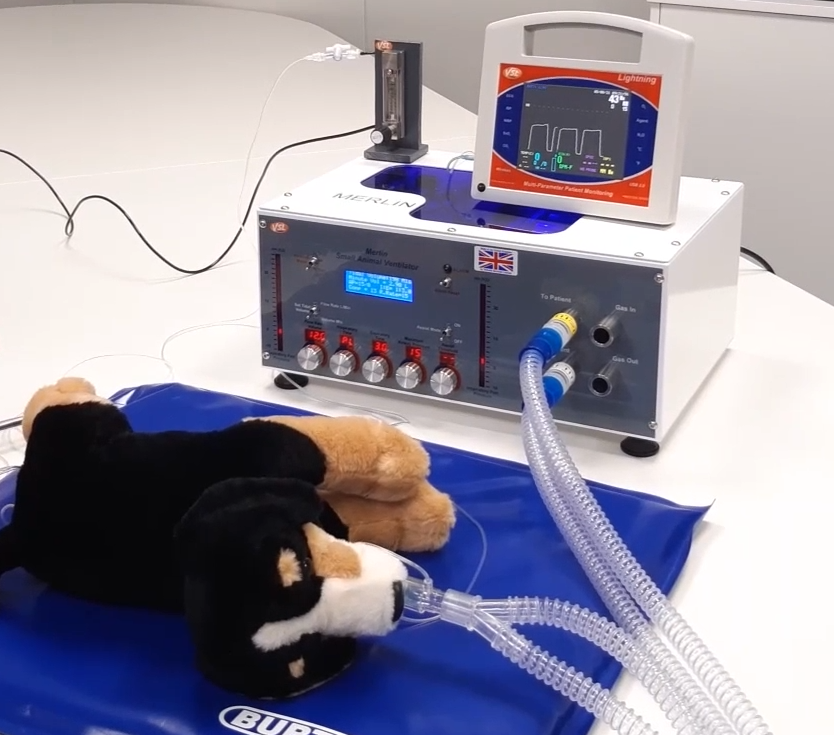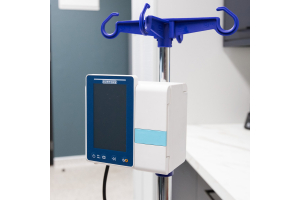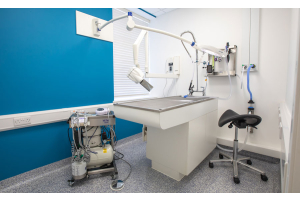
The quality of the options online learning has to offer has dramatically increased over the last few years, especially when it became the only option we had. Through this, online simulators have been continuously developed to try and overcome missing out on practical learning, and for the most part, have succeeded in teaching us the knowledge we required.
But there is something that online learning will never be able to achieve, and that’s practical, real life scenario confidence. We can learn every term, every measurement, and every step-by-step guide to each scenario, but so many factors can cause different reactions when it is happening in front of us.
Our environment is a huge factor, being in an actual theatre, making sure everything is set up in its correct place, that you have everything you need, adds a whole other level of things you need to think about. Confidence is another key factor, you may be well and truly capable, even an expert, but until you have practiced these skills in a real scenario, you will not have proven this to yourself and will therefore lack the confidence that is required.
The Annequin provides you with a tool that can achieve all of this by simulating the exact behaviour and responses seen in a ventilated animal, with respect to CO2 elimination. This simulation enables you to not only teach basic ventilator use, but also experience unusual scenarios that may never have been taught, arming you with skills and responses to any situation that may occur.
 |
This type of learning allows the key element that everyone needs to completely learn a skill - practice.This practice will help refine any lessons taught, and, due to being able to create this scenario in a safe environment, build real life confidence that is impossible to gain in any other way. It even allows you to show extremes, demonstrating something being done in the wrong way, seeing the effects of this act can help further develop understanding of the correct procedures and why they are so important.
The Annequin (Animal mannequin) works by mimicking life-like representations of a constant rate of CO2 production that needs to be removed from the internal lung by a ventilator. The Annequin can be used to emulate hyper and hypocapnic states, investigate the effects of over and under ventilation, as well as the effects of dead space and flow rates in breathing circuits. You can use the Annequin with any brand of ventilator and any form of capnography.
Dr Kathy Murphy from Newcastle University explains why it has been such a useful teaching aid:
“We have three Annequin’s for teaching and find them really useful. Simulation training allows us to not only to teach the basics of ventilator use but also to create scenarios that we don’t see very often during anaesthesia, so that attendees can learn how to trouble shoot in a safe environment. Having been previously disappointed that online simulators didn’t create a real enough learning environment, we switched to Annequins. Being able to set up theatre exactly as it would be with, monitor and fluid lines, really adds to the experience and enables students to practise the ergonomics of trouble shooting as well as the decision making” – Dr Kathy Murphy - BvetMed, DPhil, CertLAS, CertVA, MRCVS
Keep an eye out for future blogs on specific training using the Annequin. In the meantime, Burtons can provide you with a free product demonstration and training on the Annequin and all related products. Call us on 01622 834300, we can put you in contact with one of our experts.
You can find out more on Annequin online here
Check out our Annequin how to videos below
Annequin Part 1 - Introduction
Annequin Part 2 - The effect of increasing the minute volume
Annequin Part 3 - The effect of decreasing the minute volume










